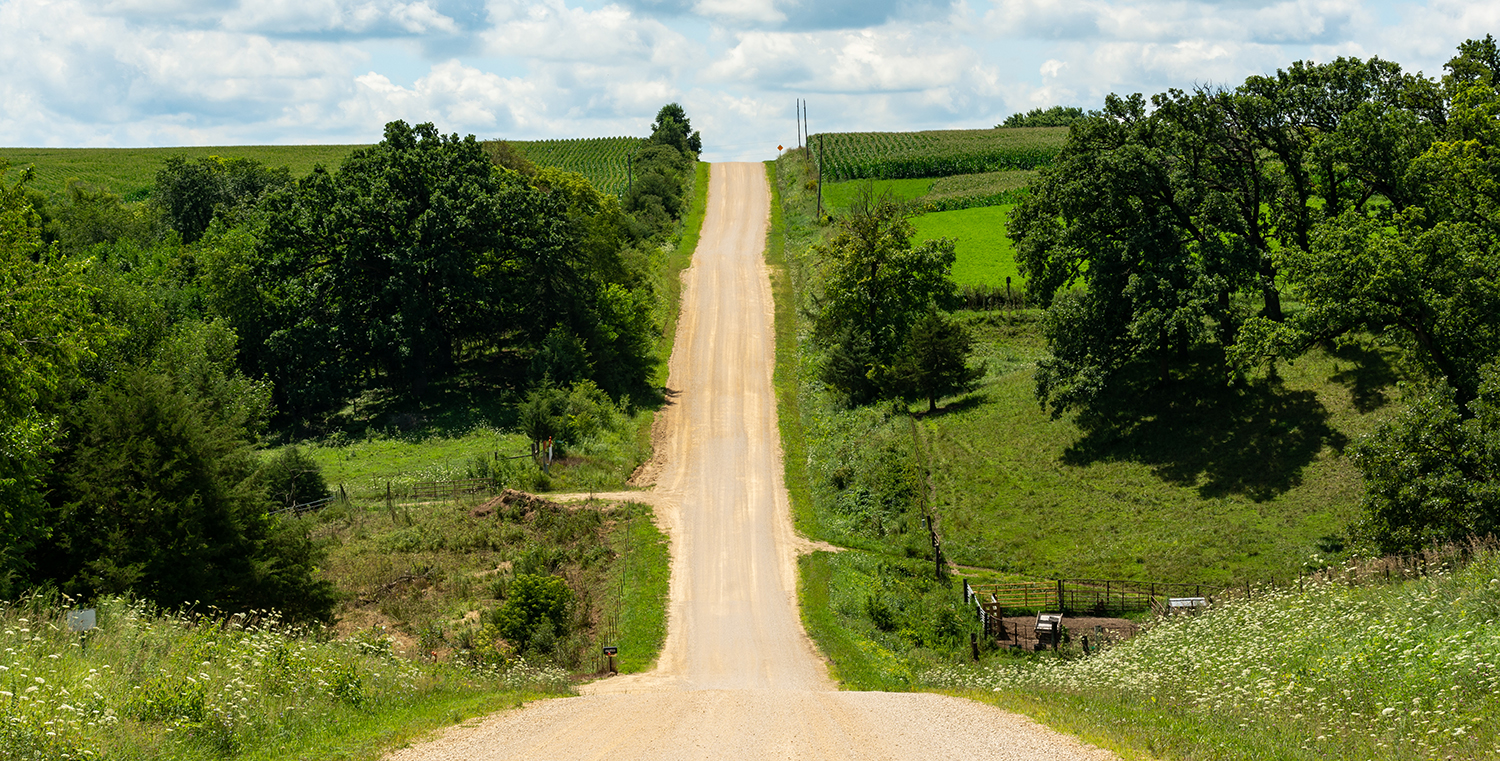Indirect Impacts
Table of Contents

- Soil erosion, runoff, and flooding are becoming more common.
- Dry conditions lead to more dust from gravel roads landing on roadside vegetation, which decreases the effectiveness of herbicides.
- Drier summers mean less soil moisture available to plants.
- Nitrogen deposition in the soil is 2–6 times what it was in pre-industrial times, which gives invasive species a competitive advantage.
- Weeds and woody species, including eastern red cedar, are expected to expand because of warming temperatures.
- Cool-season invasive grasses like smooth brome are increasing, possibly because of increased rainfall early in the season.
- Increasing outdoor carbon dioxide levels help some invasives, such as poison ivy, thrive. Poison ivy also becomes more toxic because of rising carbon dioxide levels.
- Tick populations are rising.
- It is unclear if the types of species that are common in prairie vegetation will change in the coming years. Plantings and remnants with many plant species are more resilient, as the variety ensures the inclusion of plant species that are adapted to different conditions.


